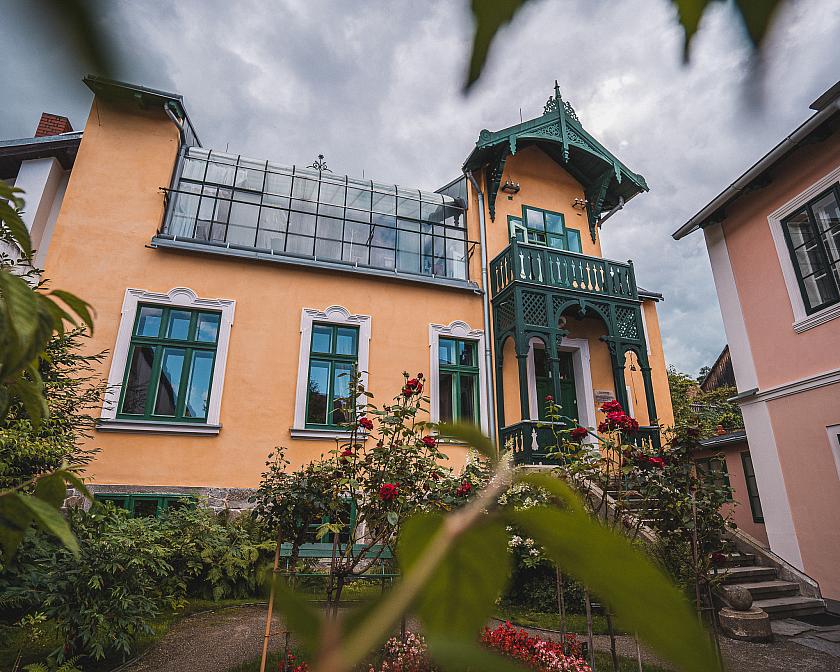The attractiveness of the historical part of Český Krumlov is primarily due to its picturesque layout in the loops of the three Vltava meanders. The first, southern, lies away from the city's well-known and widely used communication "arteries". In addition to Renaissance and Baroque houses, several important monuments are concentrated on a relatively small area, which played a crucial role in the life of the city, especially in the last two centuries. The revitalisation of the southern meander thus revives forgotten nooks and crannies of Český Krumlov.
In contrast to the historic centre, the southern meander of the Vltava River offers a peaceful atmosphere, sufficient space to rest and relax in the greenery, and sights associated with the early 20th century.
Museum Fotoatelier Seidel
The Seidel photo studio from 1905 is a unique monument from the history of photography. Its value primarily lies in the complexity of all preserved components. The building was built as a studio with a living area for the family. This is how it has survived in full functionality to this day.
The Seidel Photo Studio tells the story of the beginnings of professional photography and the local pioneers of this craft – Josef (1859-1935) and František Seidl (1908-1997). The exhibition will amaze you with its authenticity and the number of rare glass negatives, period photographs and postcards forming the "Chronicle of Šumava", as well as preserved and still functional cameras, magnifying devices and darkroom equipment.
Chapel of St. Martin
The original wooden cemetery chapel was founded in 1585, together with a new cemetery, which was transferred here from the Church of St. Vitus. Construction of the new Chapel of St. Martin commenced in 1717. The cemetery was here until 1892, when it was abolished in connection with the establishment of the city park. At present, the chapel is used for occasional concerts and wedding ceremonies.
City park
The 2.5-hectare park is located in the centre of Český Krumlov, on the left bank of the Vltava River. It is only 5 minutes from the square. Since the end of the 16th century, the area of the current park has been a place of rest and a garden. It was used by the Jesuits, whose dormitory stood on the opposite bank. Extensive changes in modifications and use took place at the turn of the 19th and 20th centuries, when the so-called Jesuit Garden became municipal property.
Today, in addition to interesting trees and greenery, the park also has a children's playground, fitness equipment for adults, and in summer there is a seating area with snacks where you can also refresh yourself in the river and make use of the small beach and pier with steps into the water.
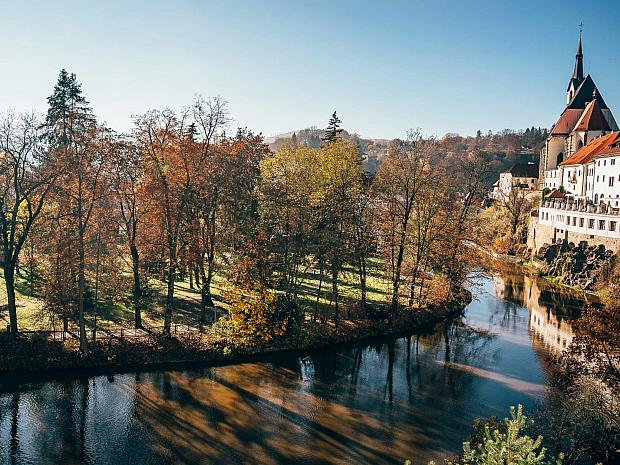
Children's traffic playground
You will walk along the Vltava River to the children's transport playground at the House of Children and Youth. Just a few metres away is Egon Schiele Garden Studio.
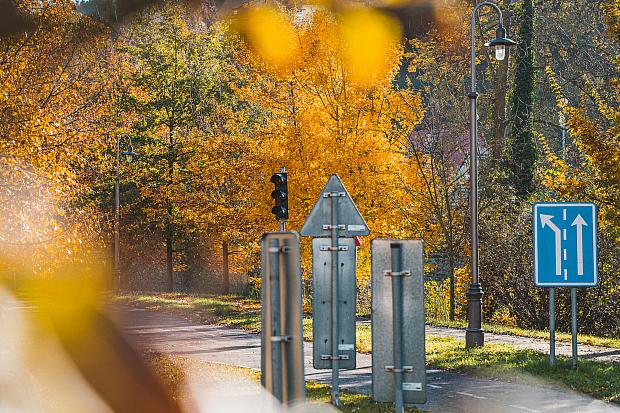
Egon Schiele Atelier
The garden house on the terraced slope was built in the 2nd half of the 17th century. Its most famous inhabitant was the painter Egon Schiele (1890-1918), who lived and worked here in 1911 with his girlfriend and model, Wally Neuzil. Today, you can take a look at the authentic setting of his art suite, sit on the terraces with a cup of coffee or a glass of wine and enjoy this spot with an unmistakable spirited atmosphere.
Rose garden
The rose garden was established in 2006 as a residence and relaxation zone in Plešivec on the land of a former orchard near the Za Soudem kindergarten, near the synagogue and terraces above Egon Schiele's house. At that time 450 seedlings of orchard roses were planted here, and a sitting area with benches was created providing magical views of the city centre and Křížový vrch.
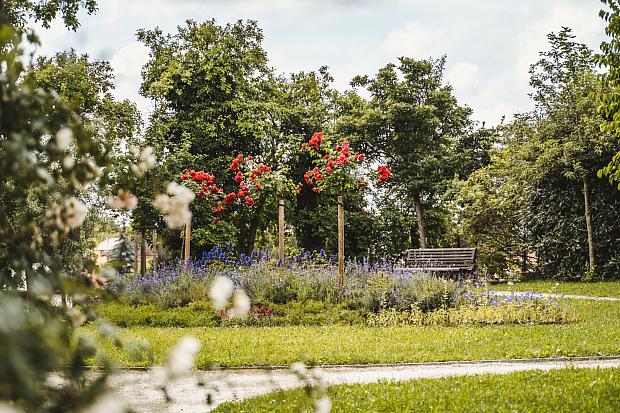
Synagogue
The Krumlov Synagogue was completed in 1909 based on the project of architect Victor Kafka. Although it was designed in the Neo-Romanesque style, its interior contains Art Nouveau elements, and as it was one of the first reinforced concrete buildings in what was then Austria-Hungary, it can also be classified as a modern structure. The fate of this building was a rather sad one – it was looted after the Nazi occupation of Krumlov and then served as a warehouse for a lengthy period during the communist era. After 1990 it was returned to the Jewish community and underwent complete renovation in 2012. Today it is used for social events, and there is also a nice café with a terrace and playground.
Musical pavilion
The building of the musical pavilion was built during the second phase of the construction of the city park between 1924 and 1930 and served as a place for promenade music concerts, but also as a place to sit and relax. Today, the gazebo is occasionally a space for wedding ceremonies.
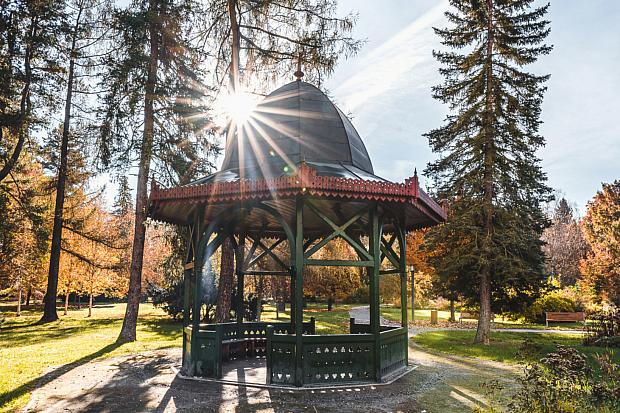
- sights
- suitable for children
- architecture
- history
- arts
- refreshments en route
